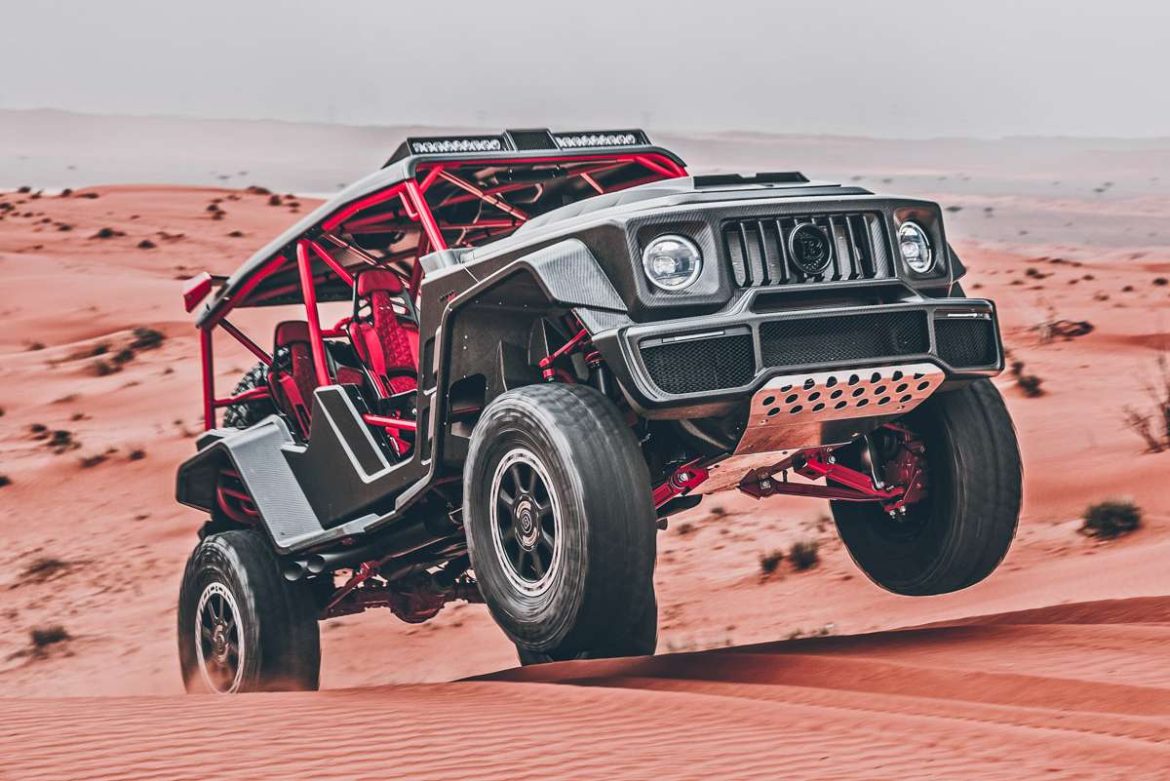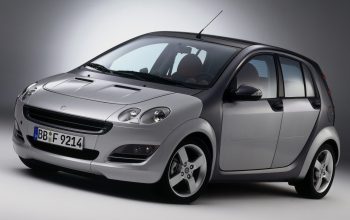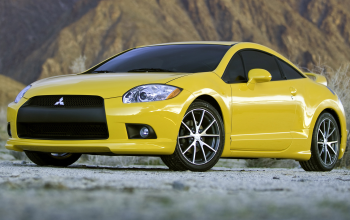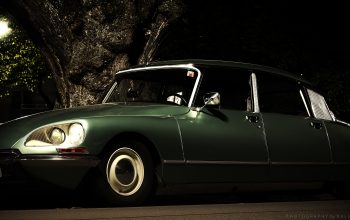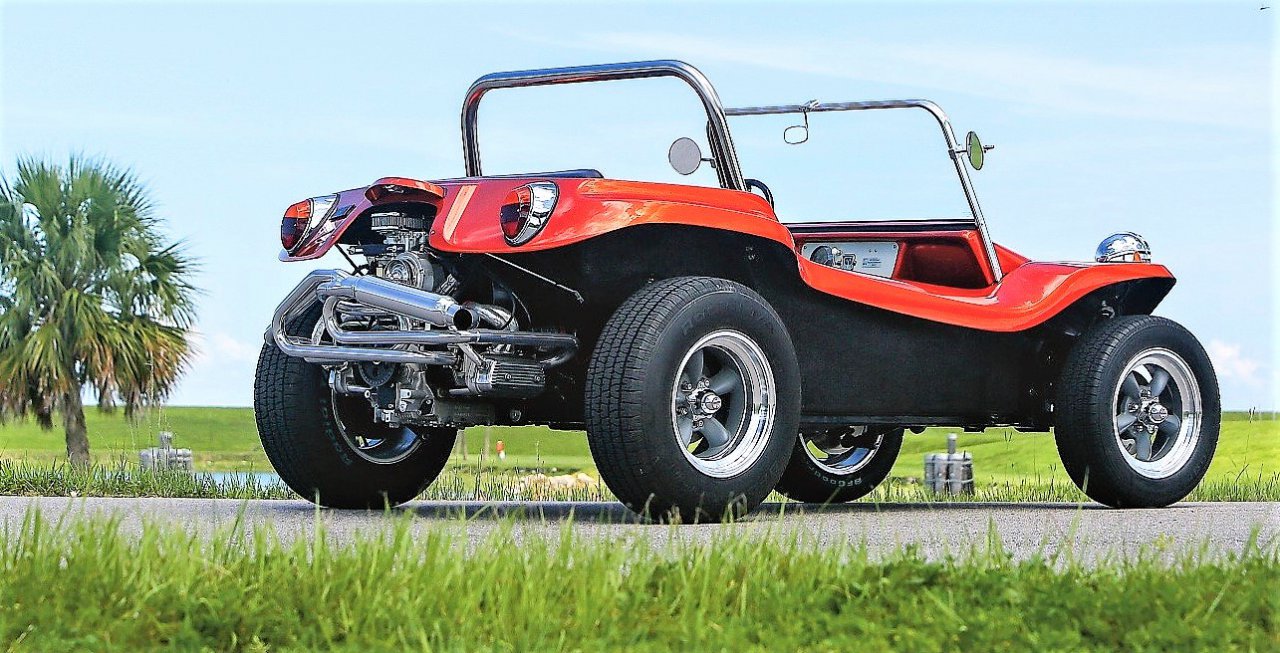
What is a Dune Buggy?
The dune buggy, known as a beach buggy, began its life in 1964 build by Bruce Meyers. It is a recreational vehicle with wide tires and large rims, coupled with a rear mounted engine and bits and bobs of different cars for the exterior and interior. The first ever dune buggy, in fact had parts from the Volkswagen Beetle, particularly a lot of the parts of the Wehmacht TYP 82E Beetle. Of course, over the years people have taken these concepts as car kits and made clones of these dune buggies. Even the military had a take on this wonderful vehicle. In fact, there is a beach buggy for every type. So there are fast ones, airborne ones, practical ones and even very famous ones that range from all kinds of price points and also what they are powered with in terms of type of propulsion and fuel used. It is amazing what something as simple as a beach buggy can have such a heavy impact on the motoring scene, and it all began as a vision in one man’s mind seeing it in a VW Beetle of all the cars in the world.
Special Edition Dune Buggies
Here we will touch on some of the special edition beach buggies that have been brought to life in the world of transport. With their interesting history and quirky designs, you will want to get to know them all as these have been to some interesting places and have made many people wonder why they still own a regular car instead of this marvellous piece of engineering.
Tatum Dragon Sand Car
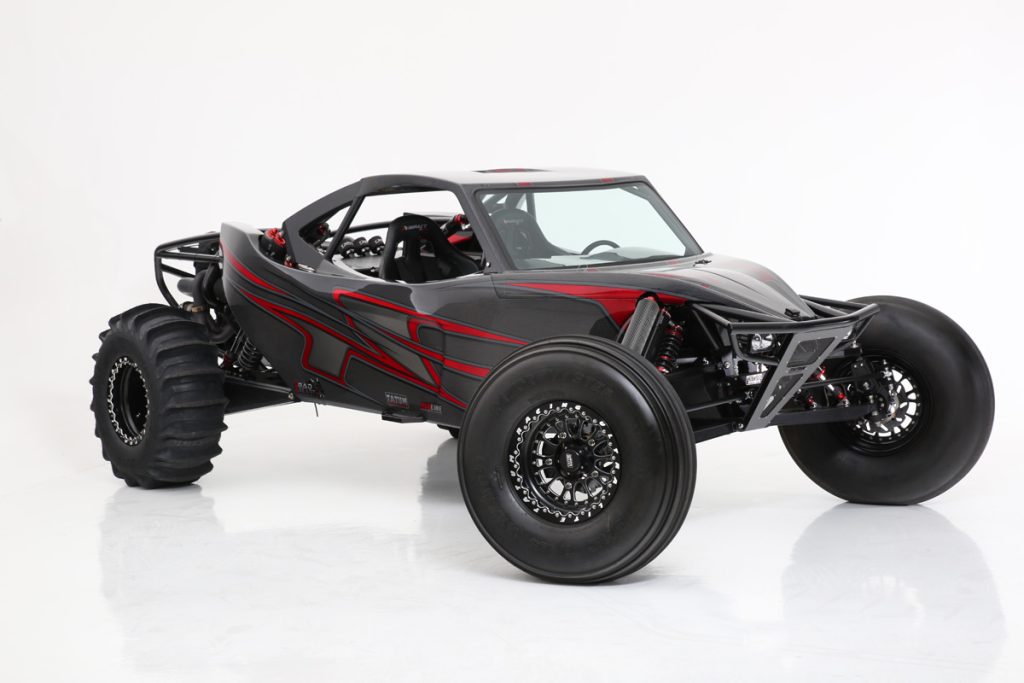
Starting at $169,900, this beast of a buggy has a 650 HP LS3 428 hooked up to a Ablins Sequential dual disk clutch transmission, 8 Eibach springs to soften the jumps, 4 Sand Master tires and to stop it all 4 piston front disk brakes with 11 inch scalloped rotors, allowing it to traverse massive sand dunes with ease. Its fuel capacity is 22 gallons, giving you a fair amount of time before having to stop at a petrol station and hurting your wallet even more after purchase. It weighs approximately 1.224 kg (2700 lbs), boasts 2 seats, composite body, hood, roof, dash and console and full aluminium floor with aluminium sub floors. Combining these monstrous figures, the owner would surely feel badass owning your own Dakar rally beast.
SkyRunner
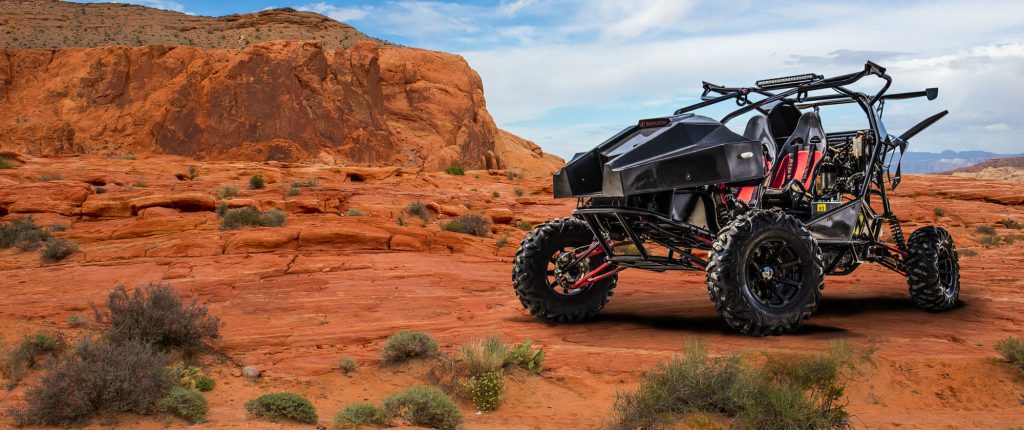
Starting at $139,000, this beach buggy enables you not only to compete on land, but also in the air. With its hybrid composite chassis, carbon fibber body panels, Ford powered engine for the ground and a Rotax 914 UL light-sport aircraft engine for the sky. The new Sky Runner can reach air speeds up to 65 km/h (40 mph) and can reach a distance of 193 km (120 nautical miles) in the air. While landing, thanks to its rear mounted parachute wing, it will retract the parachute back for the next time u want to avoid traffic. If you want to speed with the Sky Runner, it can still compete with most vehicles in and out of its class thanks to its 1.0-liter turbocharged three-cylinder engine producing 125 horsepower, it will make 0-60 in 4.3 seconds and can go up to 185 km/h (115 mph).
Three Special Grand Tour Buggies
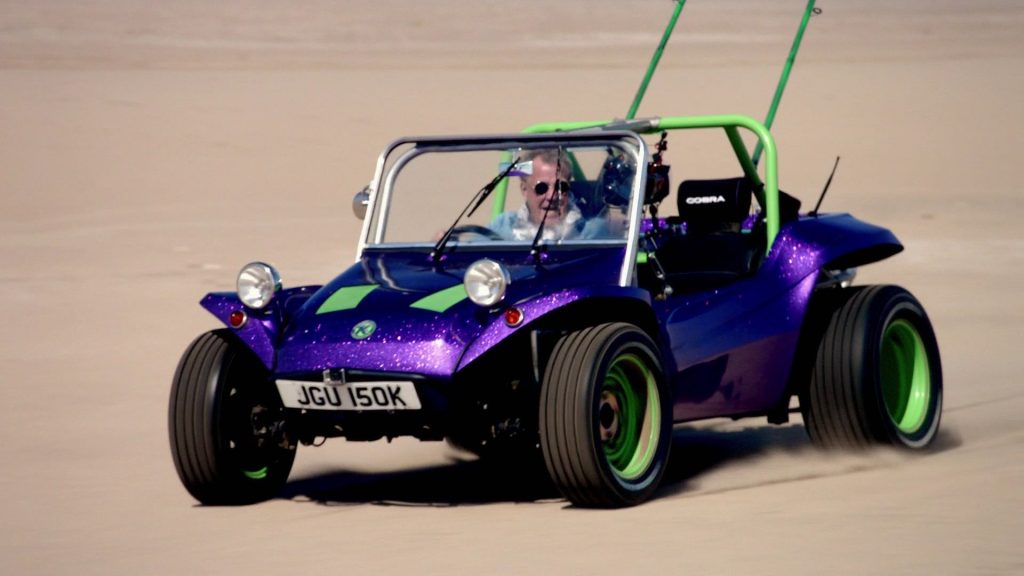
This purple and green beach buggy is famous for not only its bold design and documentary it participated in, but also for being the most underpowered Rover V8 powered buggy that Jeremy has created, boasting just 180 horsepower. Having to be powered up by a standard VW beach buggy battery, the engine stands outside the shell of the car because of its size, giving it a wider look than Richard and James’ buggies. However, in case it breaks down, it has two fishing rods to fish with and it is quite comfortable to sit in thanks to its custom seats from Cobra. One thing to note as well from this famous design is that the back lights are from a Ford Cortina Mk1.
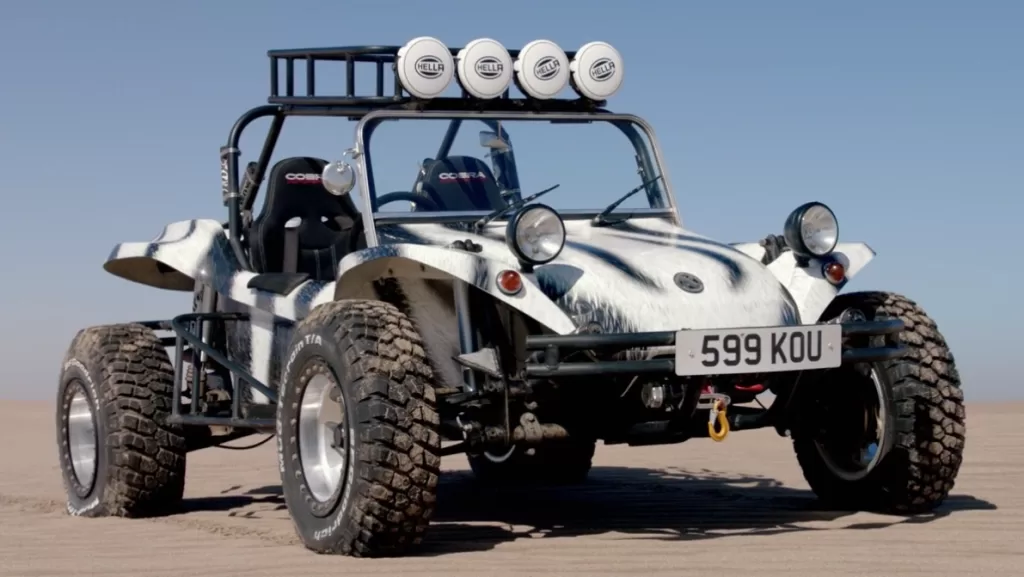
This white and black camouflaged beach buggy can be seen clear as day in the sand dunes of Namibia. It is powered by a 1.9 litre VW flat four engine that provides 110 horsepower for the power hungry driver. Like Clarkson’s buggy, the seats of the Predator are from the Cobra but the lights are standard. Both the tires and springs have been modified to make it not look like a VW buggy at all. It has seen quite the adventures and even has had a near death experience driving down a massive sand dune with Richard preferring to close his eyes and pray rather than see potential sandy injury. Thankfully however, it has made it down the dune safe as the natural experience of the driver piloting it kicked into gear and still to this day has joyous memories of this fun little bug.
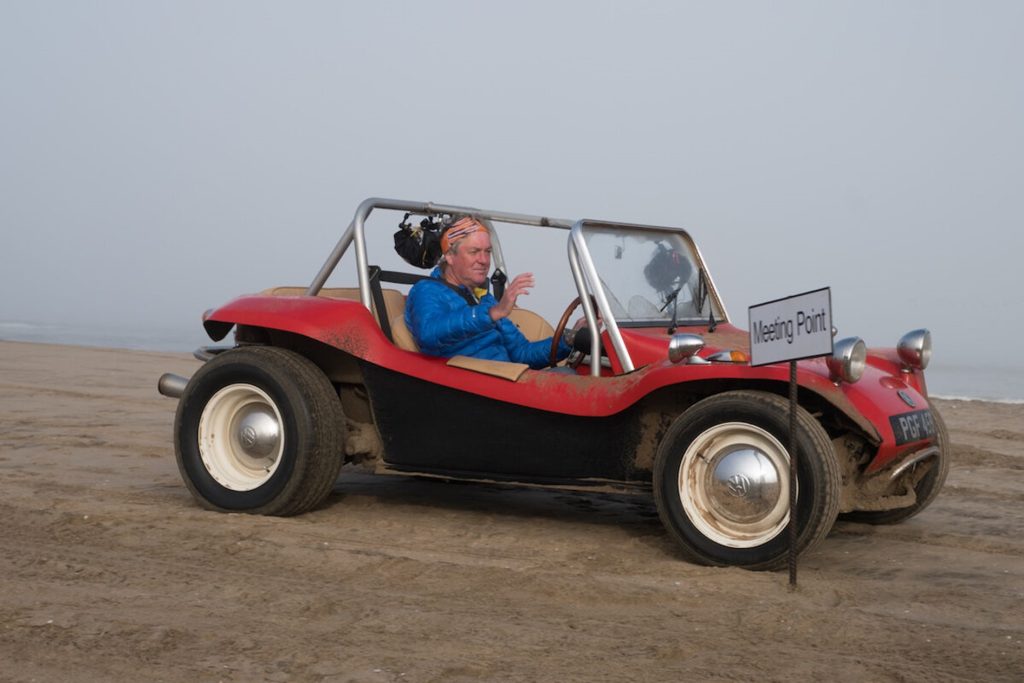
This red beach buggy is the closest you will see to the original created by Bruce Meyers. It is powered by the original 1.8 litre VW flat four engine producing a whopping 94 horsepower. Whereas the driver, James, only has a 5 horsepower foot, sadly. The comfort is something to worry about as it has the original dashboard, controls and seats leaving the driver with a crushed pelvis. Everything else is also standard it seems, apart from its glamorous paint job done by Kingfisher Customs. Despite looking simpler and more prone of breaking down or getting stuck compared to Jezza’s and Hammond’s, the buggy performs brilliantly in the show and makes it to the end of the mission.
The Most Powerful Buggy
Now I want to touch on a very unique looking beach buggy. This one is both a marvel in its design and also in its price tag for something you really bring to beach parties or when you are crossing the Sahara Dessert on a time limit. This Brabus inspired buggy however, will get you to where you need to be in the quickest time possible compared to others in the same market. And you will still have all the luxury that you expect from the brilliant manufacturing team at Mercedes.
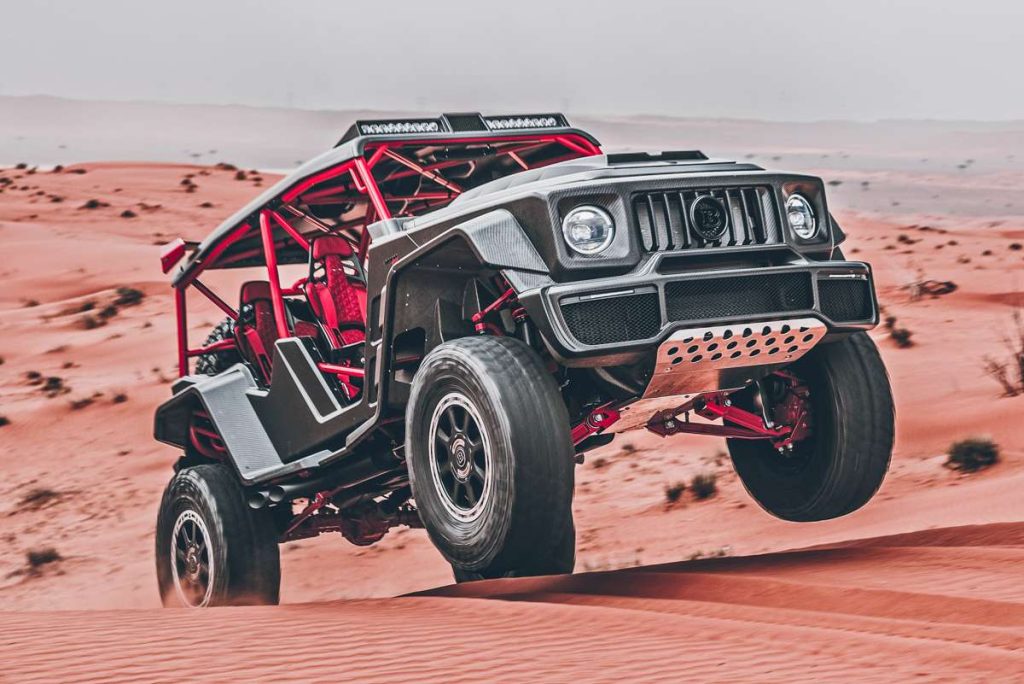
This beach buggy is one of the craziest and, as of now, the most powerful production beach buggy. Starting at an eye-watering price of $891,310, it boasts a 900 horsepower V8 biturbo engine, capable of launching this beach buggy from 0-60 in 3.4 seconds and has a top speed of 160 Km/h. The power, however, is not that the price is so high, it is the luxury and reliability you will sit in and watch the V8 kick in, skipping dunes as if you’re levitating through clouds.
Buggies of the Present and Future
Here I would like to introduce you to the most modern and sophisticated beach buggy in its price range and type. From certain angles, it can be seen as a regular cabriolet with very low doors. However, do not be mistaken by the low slung design as this is still best used as a fast and fun way to traverse the sand dunes where you also will not hurt the environment thanks to its electric engine. At least when you are on the move and do not have to charge it up.
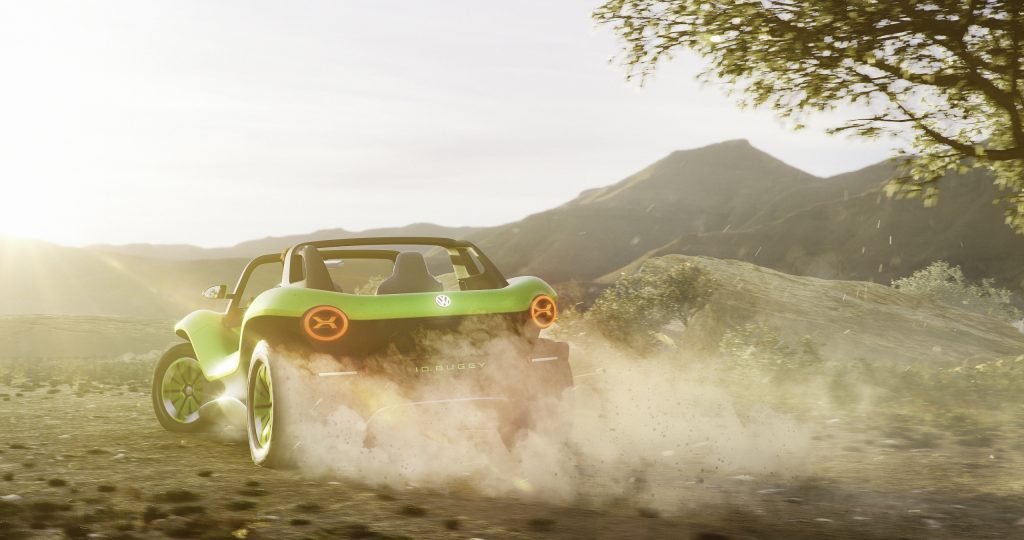
This beach buggy is powered by a electric engine, paired with a 62 KWH lithium ion battery and two axle mounted motors, totalling a whopping 201 horsepower with a 0-60 in 7.2 seconds. Inside the cabin, it feels like a modern day car with digital display, eco leather seats with electric adjustment, cruise control, air conditioning and optional extras such as a satnav to never get lost wherever you may go. On the outside, however, it is a completely different beast and shows even just a quiet electric car can give a wonderful thrill on some of the most amazing sand dunes. And it will feel planted thanks to its modern technology in handling, giving you the feeling of total control in your own electrical refined buggy. Sadly, the ID Buggy production was cancelled two years ago, however, this prototype shows that the EV buggies are inbound.
To end this long and detailed take on the history of dune buggies, I want to share my own favourite beach buggy. My favourite beach buggy to drive and own would have to be the Tatum Dragon sand car. It has a massive awesome sounding LS3 engine, which would make you the king of all buggies at most events and it just has the best visuals in my opinion. It just looks like an absolute beast and the mad LS3 engine just adds to the mania. It has a high price range, however it gives so much back in just the quality of the build and the sheer amount of fun you can have in it in all types of rough terrain. As it is not just good in sand, it can perform well in mud, gravel, swamp and pretty much anywhere as long as you change the tires to the appropriate threads. Thank you for reading our article, see you on the next one!

